I want to help you build a sustainable, profitable handmade business that makes you consistent income and sales. I only ever teach or recommend marketing, social media, pricing, production and branding tips that I’ve personally used successfully in my own 7-figure handmade businesses.
I'm Mei, from Los Angeles!
Read More
Popular Posts You'll Love
Looking for something?
Categories
starting a business
get more traffic
running a business
make more sales
branding
growing a business
mindset & productivity
podcasts
pricing & money
product photography
reviews
selling on etsy
selling on amazon
social media
selling wholesale
- Facebook0
- Twitter1
- Pinterest17
- 18shares
If you’re looking for a quick guide on how to use Pinterest for your handmade business, keep reading because in this post, I’m going to share with you the pros and cons of Pinterest, as well as the strategy you should be using to make Pinterest work for you.
Pros of Pinterest
So why should you pay attention to Pinterest? Pinterest is a really great place for marketing your handmade business.
It’s visually-driven, which is great for us handmade business owners because we’re all about being creative and showing beautiful things. Our products are visual, so it totally makes sense for us to be on Pinterest.
Although the numbers are constantly changing, Pinterest has over 330 million users and it’s the 3rd largest search engine after Google and YouTube.
The people using it are primarily women and high-income households are more likely to use Pinterest than lower-income households, which means money for discretionary spending to buy your stuff.
Pinterest is a fantastic source of traffic and you need traffic to your website if you want to make sales.
Having said that, before we get into the details about how to make Pinterest work for you, I want to tell you why relying on Pinterest 100% is not a great strategy for your business. It’s a great component of your marketing strategy, but it shouldn’t be all of it. I think it’s important to talk about both the pros and cons of Pinterest because this informs our strategy for how to use it well.
Cons of Pinterest
1. You Don’t Have Control
First of all, you don’t control your list of followers, Pinterest does. That means that if the service decides your account has violated the terms of service, it can shut down your account and that audience is gone to you. Just like with Facebook or Instagram.
Or, if in a few years, Pinterest is out of fashion, (like, remember Periscope?) then you have absolutely no way to transfer that audience to the newest platform.
This puts Pinterest in a category completely apart from traditional digital marketing techniques like your website and your email newsletter. This is a problem with social media platforms as well.
I always tell business owners that if you’re serious, you need a website and an email list. These are avenues that YOU control. You can email customers on your email list for years to come, and if you want to switch email services, you have the freedom to export those users to a new service. This is a serious difference not to be overlooked.
2. The Algorithm
The algorithm is what decides what content you see and what content you don’t.
Now, I don’t think the algorithm is evil, it’s necessary.
Most users follow hundreds or thousands of accounts. What would your feed look like if you saw every post from every account? You’d just be totally overwhelmed.
It’s completely necessary that the platforms show you the best content that they think you’ll enjoy the most. As a business, this means that you’re getting a very low ROI, a return on investment, for your energy. A single pin is likely to be seen by only very few of your followers.
If you work really hard on it, you can raise your engagement numbers. If you have a lot of followers, then, of course, that small percentage of views can turn into a large number of eyeballs.
But, just compare spending an hour pinning to an hour sending an email with an open rate of 30%, and you are looking at massively different ROIs.
3. Conversion Percentages
The conversion percentages are pretty low on Pinterest. That means, even though Pinterest is a great source of traffic, it’s not the best at actually converting into sales, which is ultimately what we’re all after.
Pinterest is made for browsing and looking at pretty pictures. Even though many users are interested in shopping, it’s not a shopping platform.
Think about how a typical person would go about making a purchase. They see your pin and click through to your site. Of course, you just have to hope that it isn’t a pin that someone else has repinned, which could change the link of the pin to a totally different URL and not link to your site, which happens ALL the time.
So, they go to your site, and then add an item to their shopping cart and check out. This whole flow doesn’t get completed from start to finish, a lot of the time.
This means you’re not likely to get a ton of sales from the platform unless you’re strategic.
So let’s get strategic, shall we?
Setting Up Your Account
Let’s begin at the start with how you set up your account. While a lot of Pinterest users are using the platform to find their perfect living room wallpaper, it’s important that if you’re running a business, you set up your account like a business.
That means, just like when you set up your website or Facebook page, that you have a vision for what your business does and who your ideal customer is and then you need to pin content that appeals to your ideal customer.
In general, on platforms that have algorithms, putting out content, posts, and pins that touch about a lot of different topics like your cat, your kids, your hand-sewn products, nature, being healthy, your favorite TV shows, politics… that doesn’t do very well because the algorithm can’t tell what your account is focused on, and how to recommend you to people.
Let’s say you have a board about cars and another about making bread and then another about vacation spots. It won’t recommend you to travel people because you only have that one vacation board. You also aren’t likely to be the leading authority on bread.
In short, trying to talk about everything gets you nowhere. So if you sell planners, then stick to planners as well as maybe a few closely related topics.
You can have boards about pens, another about stickers, another for downloadables, another inspiration board, planner product boards, maybe one about time management and another about dream office spaces.
Don’t have boards about pets and fashion.
Your account needs to be focused and appeal to your ideal customer.
Setting Up Your Bio
When you set up your bio, you need to think about what appeals to your ideal customer just as carefully.
Just as you put effort into putting great copy on your homepage, put some time into developing a captivating bio, too!
For inspiration for what to write, think about how you help your ideal customers, think about what keywords your customers are searching for, think about what makes your shop different from your competition.
Finally, add a strong call to action to encourage people to actually click over to your website.
You’ll want to make sure you set up your Pinterest account as a business account so that you can see stats and that access additional features like Product Pins, which make your pins look a little bit different from other pins, and helps it stand out more.
Follow Other Accounts
Whether you’re just starting your Pinterest account or just getting serious about it, you’ll want to begin following other accounts strategically.
Follow accounts that are in your niche and that will give you a great pool of content to choose from.
This will make it significantly easier for you to repin quality content as well as have your account recommended to others.
In Pinterest’s latest algorithm update, they’ve shifted to favoring new pins over old ones, which means that you’ll have to be a content creator to be successful.
As a shop owner, I’m not in love with this, because it means needing to constantly create new graphics and pins for our product listings or blog posts.
Pinterest also favors vertical images over horizontal ones, so you’ll need to create new graphics just for Pinterest, as you know, we don’t tend to use vertical images on our websites or Instagram or Facebook.
With that being said, square images are okay too, so if you need to make pins quickly, use what you’re using for Instagram. It’s better to get content up consistently than to skip adding anything at all.
What to Do With Your Pins
When a pin is shown in a user’s feed, only the first couple of lines are visible, so you need to connect and engage with a person right away!
Some accounts do well by adding text over their images, but this depends on your niche. This works really well with coaching and for recipes, but it doesn’t really work so well with product-based businesses, so I don’t recommend it for most of my students.
You also want to make sure you’re typing in relevant, descriptive, and search engine friendly descriptions for all your pins.
Most Pinterest users aren’t reading a lot on this platform, so I would just repurpose content instead of writing from scratch. The text that you use here is primarily for the benefit of getting your pins found by the Pinterest search engine.
If you didn’t have any descriptions or text on your pins, how does Pinterest know what your pin is about and who to show it to, right?
Also, don’t forget to link your pin to your shop and add a call to action in the text. This is how people will find you and buy your product!
Making Your Pinterest Efforts Efficient
As busy business owners, we don’t have all day to be sitting around on social media or to do marketing. Let’s talk about how to make your Pinterest efforts more efficient so they don’t take up too much of your time.
I like using a scheduling app like Tailwind to schedule pins. This allows you to batch your pins, that is, sit down and write them all in one sitting, but they’ll be distributed on to Pinterest over time.
This is important because the Pinterest algorithm doesn’t like it as much when you’re only showing up once a week to post content. They want users on the site all the time on a daily basis and they favor accounts that post regularly.
Tailwind is a nice way to show up consistently on the daily, without actually having to go onto Pinterest every day. Without Tailwind, you can easily spend hours a day on Pinterest and it’ll feel like a waste of time because those hours won’t necessarily translate into a lot of sales for you.
Use your time wisely and don’t shy away from automation and apps to help you.
If you have enough pins and content to do it, I also recommend using the feature called Smart Loop in Tailwind. What this does, is it’s another layer of automation and efficiency for you. It regularly cycles through your content and recirculates it into Pinterest.
Most of the content I post is evergreen, that is, I have a lot of products that are relevant all the time, so this is huge for saving time.
Make Sure Your Website is Ready
I mentioned earlier that Pinterest is great for traffic but not for sales. It’s super important that if you decide to really focus in on Pinterest, that you make sure your website has sign up forms for people to join your email list.
You want to make it easy and to convert as much of your Pinterest traffic as possible into leads so you can keep communicating with them so you can keep showing up and staying front of mind with them. That’s how you’re going to turn that traffic into sales in the future.
Don’t expect it to happen right away. Pinterest is a long term game and it does take time for Pinterest users to convert into sales.
These are just a few of the basics of using Pinterest successfully. To recap:
- post great content regularly
- have a cohesive vision for your account
- taking advantage of scheduling apps to save you time.
Of course, you’ll want to regularly monitor your stats as well and use them to refine your content so you can post more of what is successful and do less of what isn’t working.
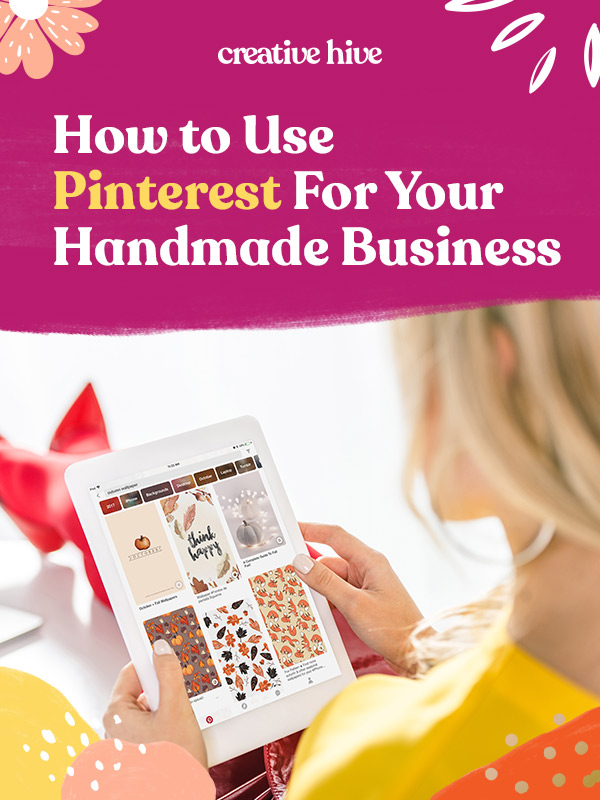
Leave a Comment
Liked this article? Share it!
Unlock a Profitable Handmade Business
in Just 12 Weeks Without Using Etsy
or Social Media
FREE WORKSHOP
This workshop is for anyone who makes and sells a handmade or physical product, including jewelry designers, artists, paper designers, bath & body product makers and more!
What You'll Discover
The #1 mistake people make with Etsy & social media that causes shops to FLOP
The secret to making it with your handmade shop so it's no longer just a hobby
How to make sales in your handmade shop with ease so you can finally get to 6-figures
TAKE ME THERE
Your email address will not be published. Required fields are marked *
Leave a Reply Cancel reply
About
Blog
A Sale A Day
Student Login
Free Class
Contact
Terms
Become A Student
Watch On YouTube
Student Reviews
See My Handmade Shop!
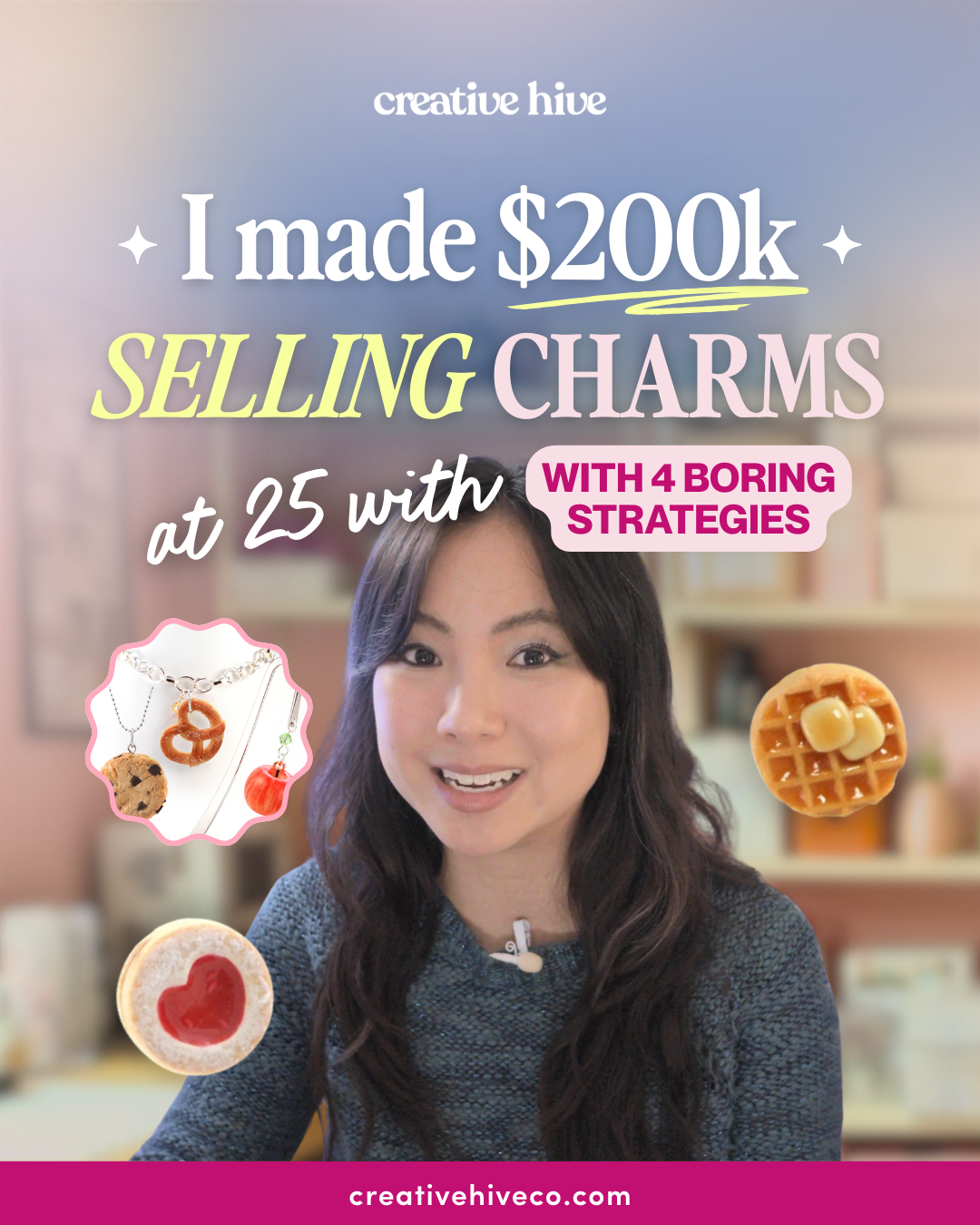
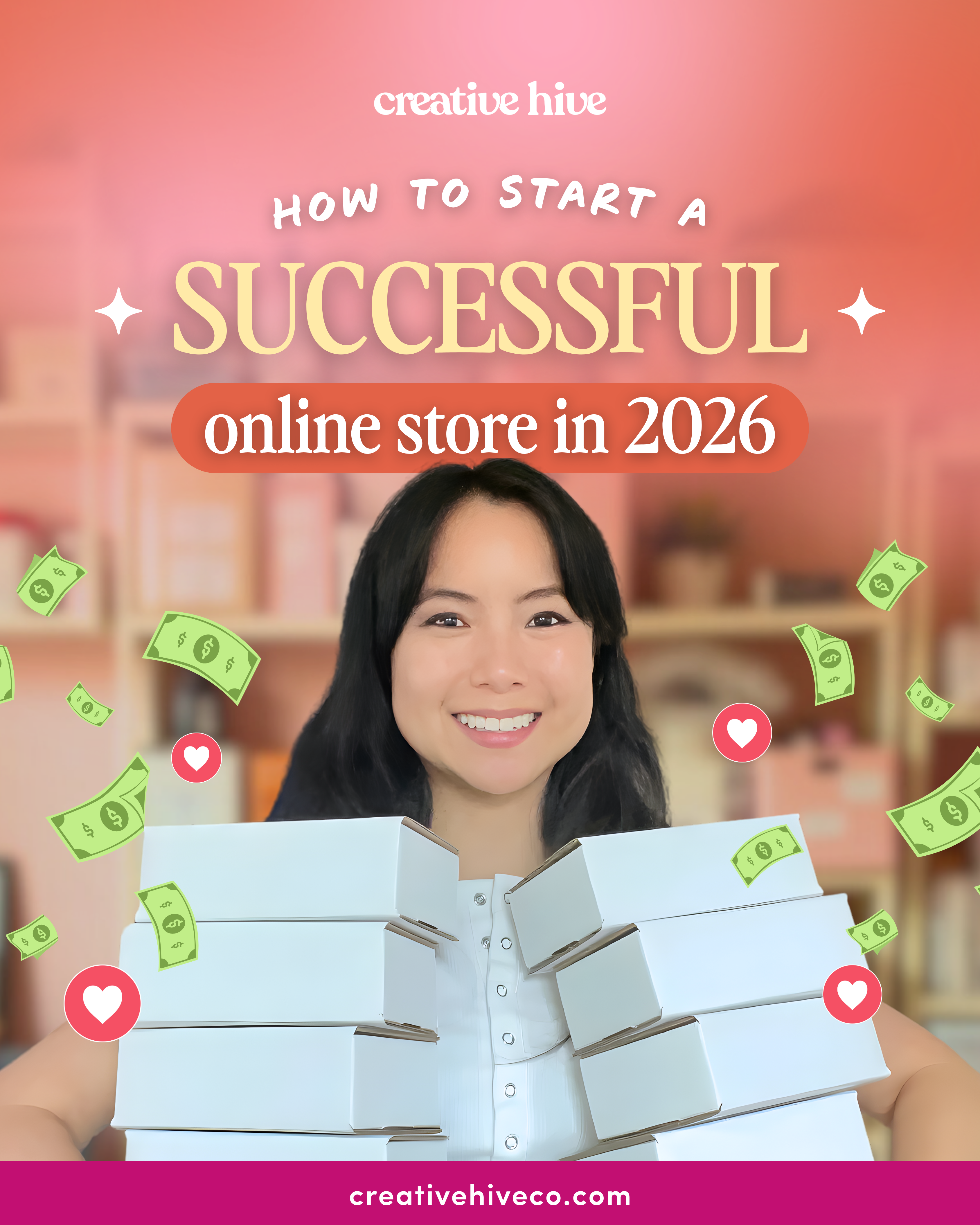
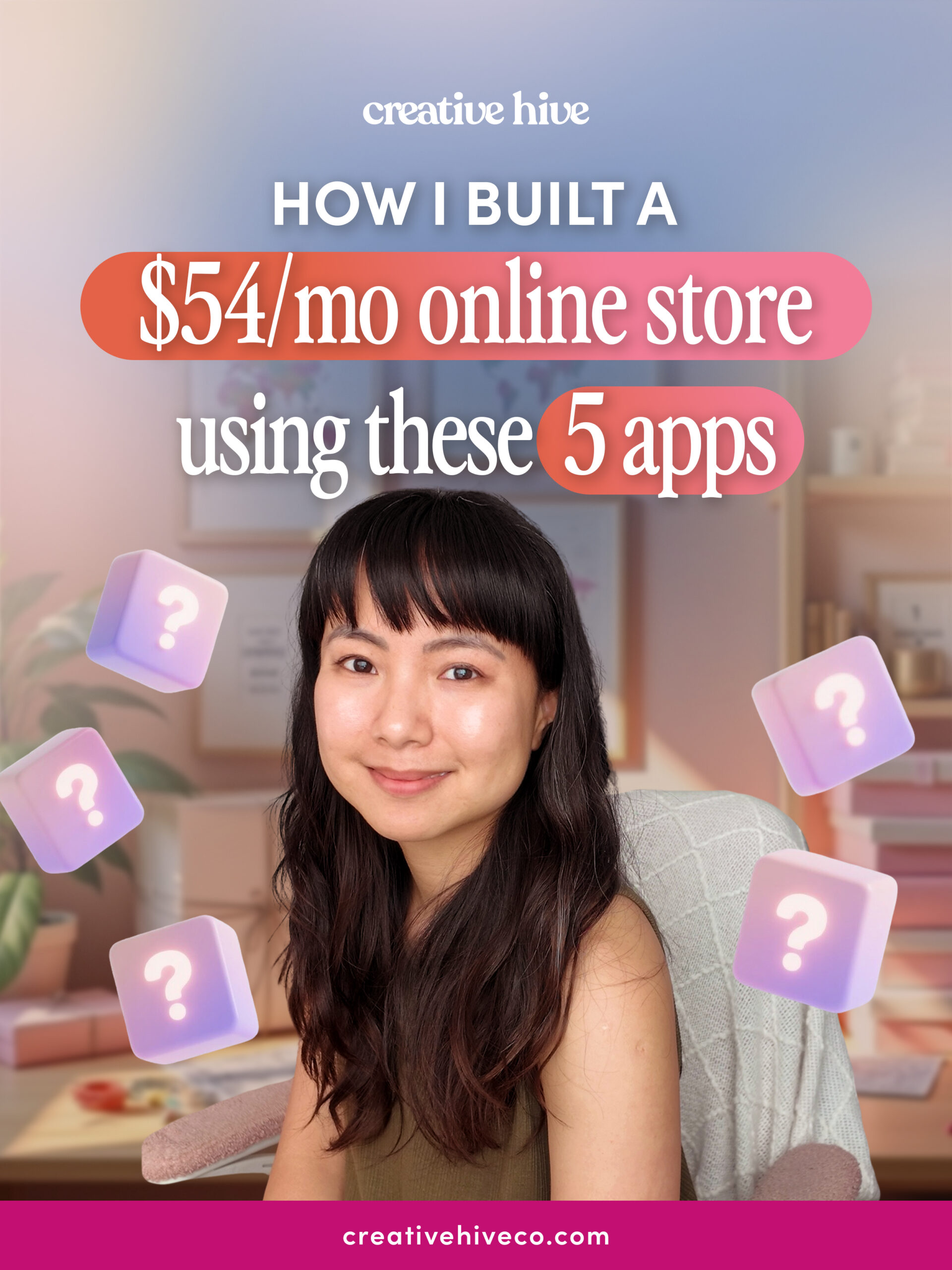
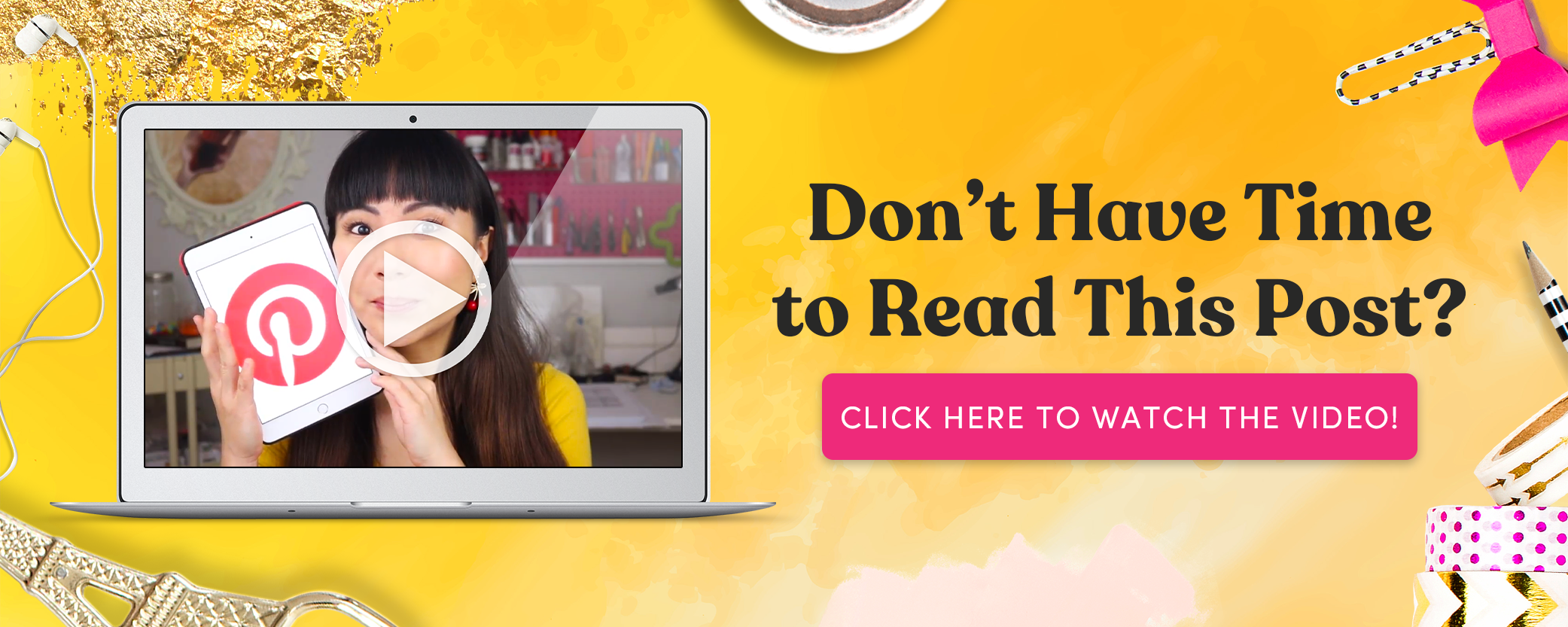
After getting this much knowledge about Pinterest, I came to know that Pinterest is the best platform to do business. I am also doing handmade jewelry business so these ideas are helpful to me. Thanks for the useful post.